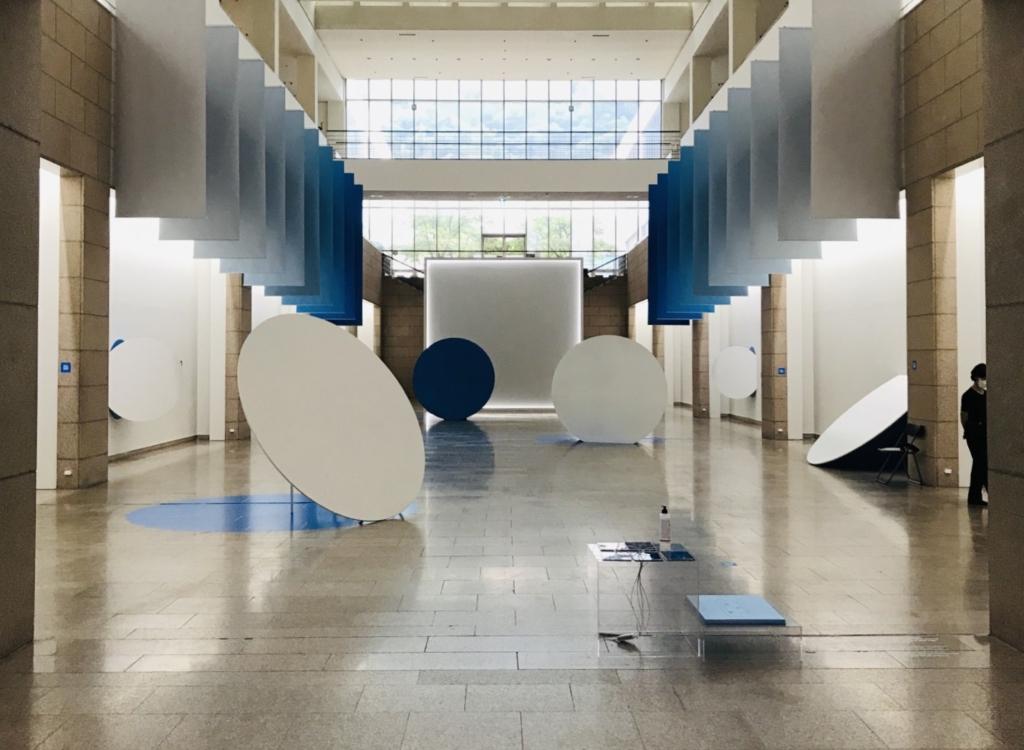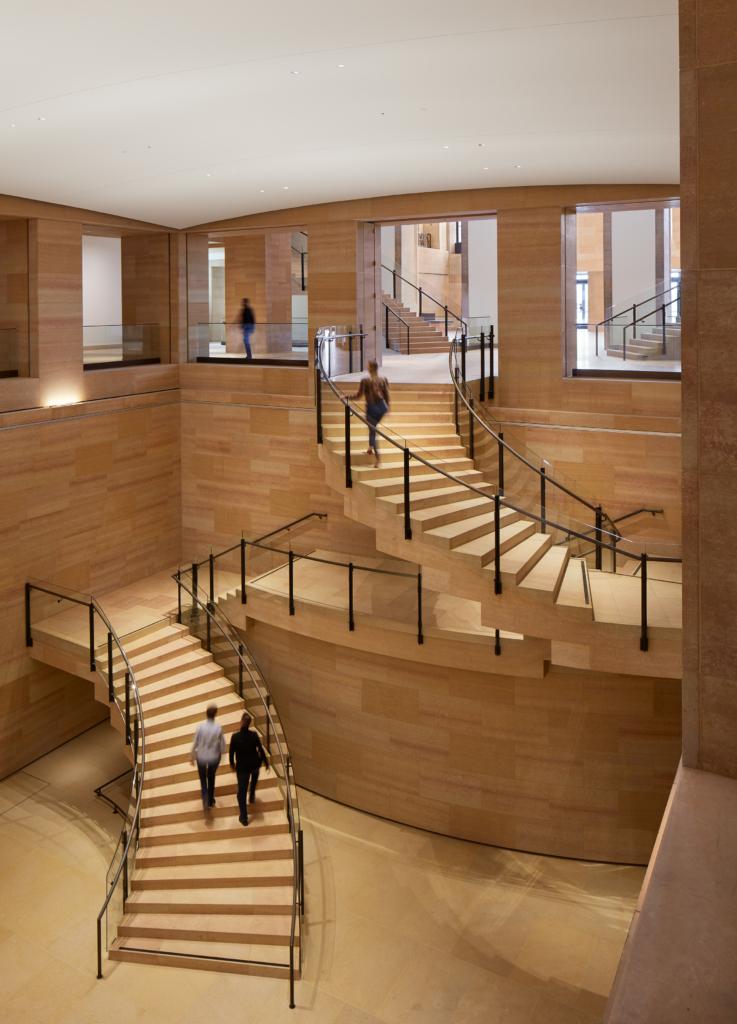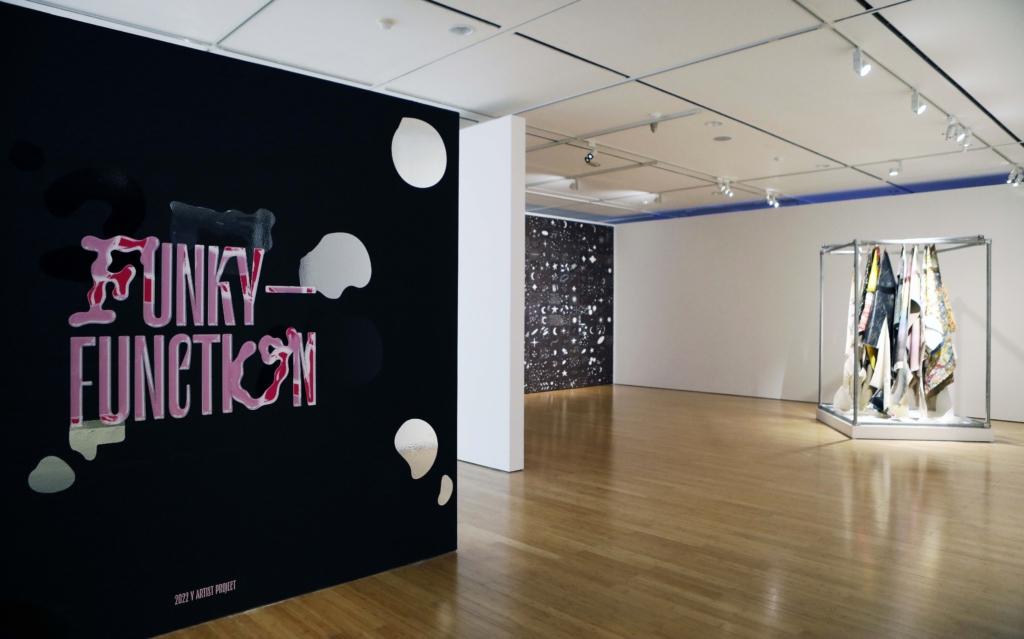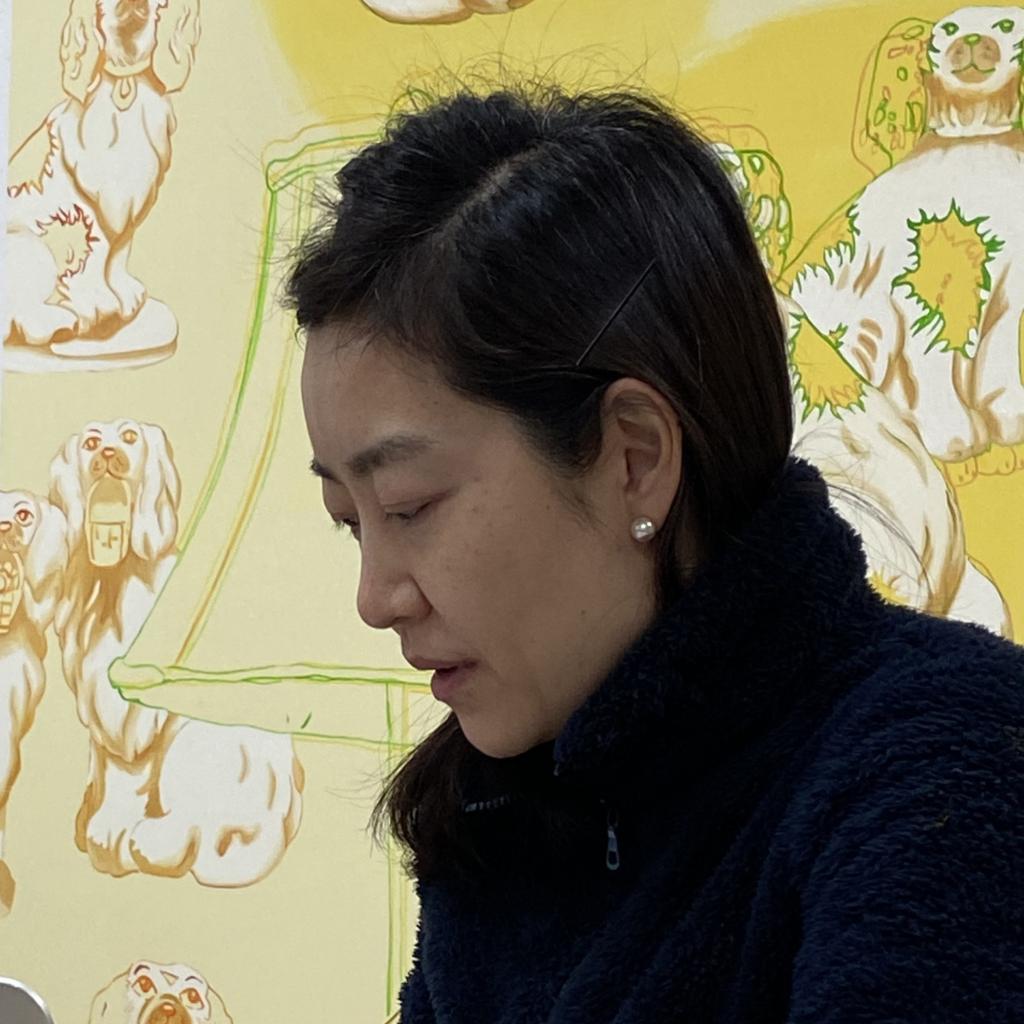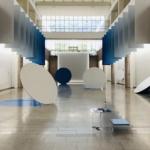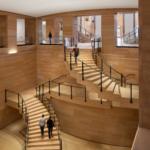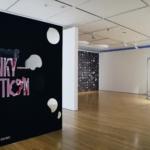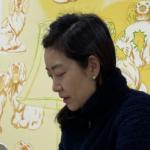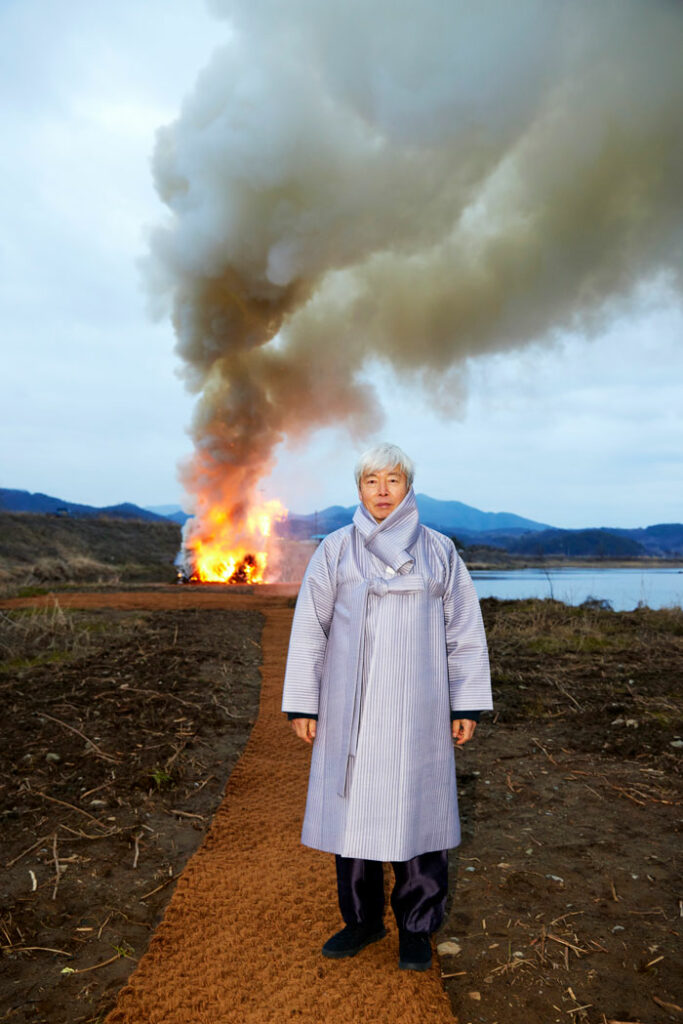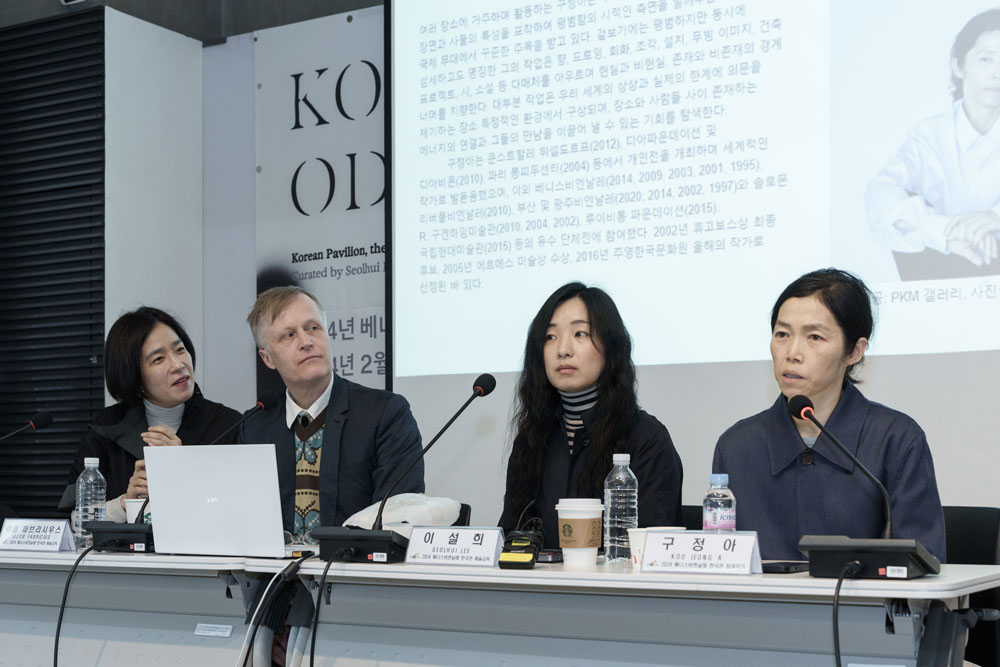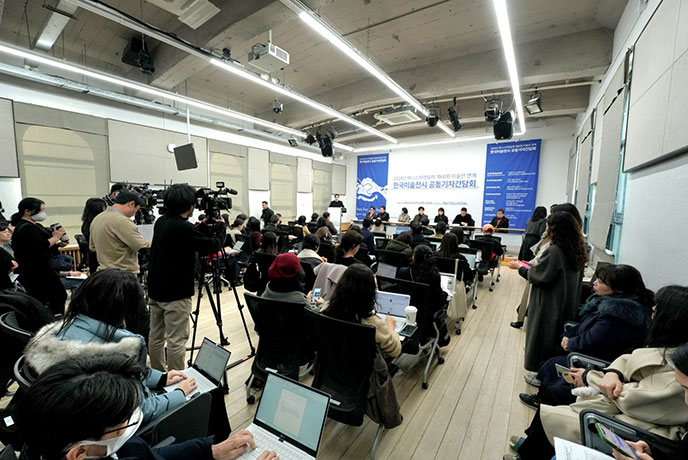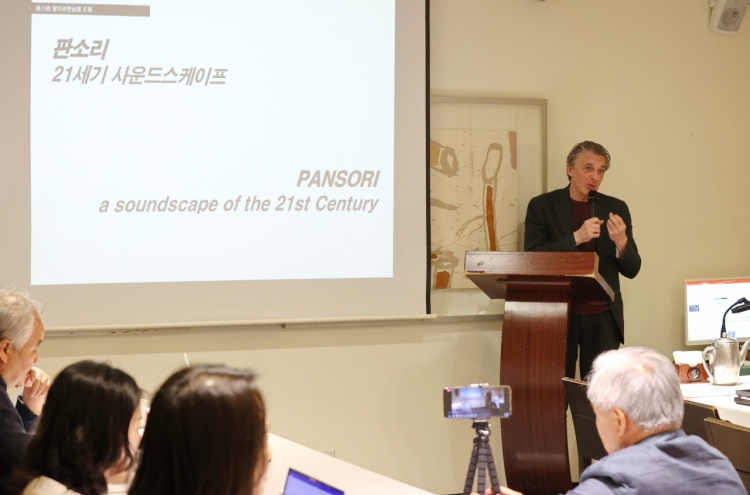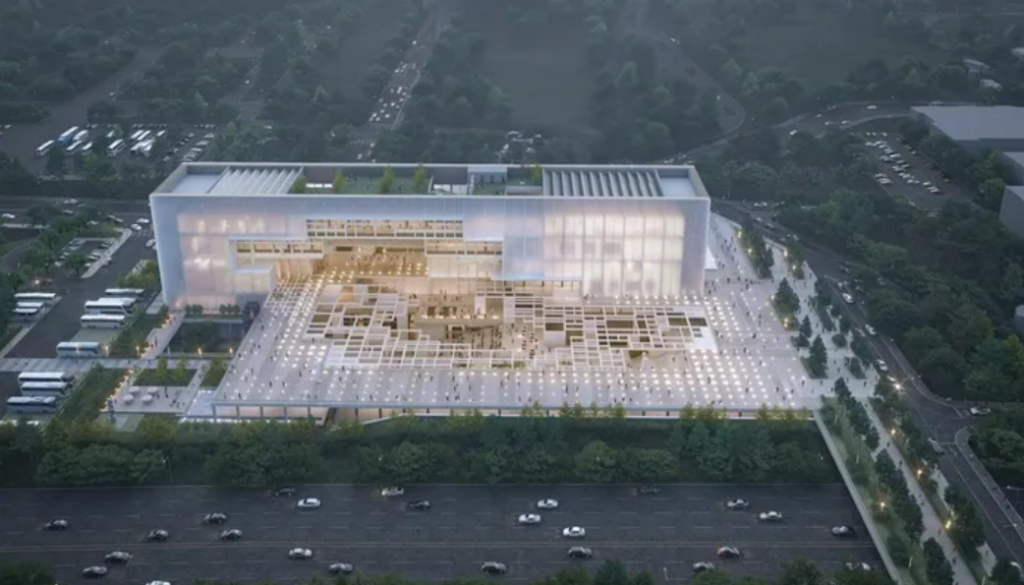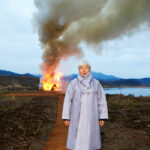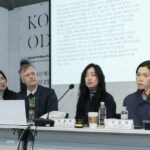9 Countries Are Participating in the Pavilion Project at the 14th Gwangju Biennale
The 14th Gwangju Biennale is scheduled to be held until July 9, 2023. In addition to the main exhibition, various exhibition programs are taking place during the biennale. This year’s Pavilion Project is the largest to date, with nine countries participating, and is taking place throughout the city.
The 14th Gwangju Biennale will take place from April 7 through July 9, 2023. In addition to the main exhibition, various exhibition programs are taking place during the biennale. This year’s Pavilion Project is the largest to date, with nine countries participating, and is taking place throughout the city.
The Gwangju Biennale Pavilion Project provides visitors with the opportunity to learn about various art institutions in Gwangju while discovering the richness of the art world spanning various cultures.
LEEKANGHA Art Museum is located in Yanglim-dong, a modern historical and cultural village in Nam-gu, Gwangju. The exhibition and workshop project, Once a Myth, Becoming Real, is organized in collaboration with the West Baffin Cooperative to commemorate the 60th anniversary of diplomatic relations between Canada and the Republic of Korea in 2023.
The project showcases more than 90 works by 32 Canadian Inuit artists and a range of related materials. Once a Myth, Becoming Real was organized by jointly researching and studying the history, space, and time of Gwangju and Canada. The Inuit community of Kinngait (Cape Dorset), which means mountain in Inuit, has developed a unique aesthetic that has become one of the most iconic in Canadian art history. With a history spanning more than 60 years, the works of Kinngait encompass a wide range of genres, including exquisite prints, drawings, and sculptures. This exhibition is the largest and most comprehensive presentation of Kinngait artists to date.
The Eunam Museum of Art opened in June 2010 in Daejeon-dong, Dong-gu, neighboring the Asia Culture Center. It is a private art museum founded in the spirit of “creating new culture by diverse artists in the vein of tradition.” The Spirit of Bamboo: “Bamboo” from Contemporary China, featuring eight artworks, was organized in collaboration with the National Art Museum of China (NAMOC).
The exhibition showcases contemporary interpretations of the bamboo spirit through the work of Chinese artists of different ages and backgrounds. Bamboo is the plant most closely associated with the Chinese artistic spirit. Through bamboo, the exhibition demonstrates how artists in today’s China, a country that has undergone a profound social transformation, are carrying on cultural traditions and engaging in creative practice from a new perspective, transforming the naturalism of Chinese classics into a neo-realist artistic exploration that adapts to the current artistic and linguistic environment.
The Yangrim Gallery opened in 2011 in Yangnim-dong, the birthplace of the Gwangju Christian Mission. Algerian-French artist Zineb Sedira’s work is on display in two spaces of the gallery.
In the first space, a reconstruction of Sedira’s studio, visitors encounter the artist’s inner world and experience the creative process of Dreams Have No Titles, created for the 59th Venice Biennale. The documentary artwork is screened in the second room. Sedira’s dreams for a world of freedom, democracy, and transnational, political, intellectual, and artistic solidarity are expressed in her autobiographical narrative, which reflects her multicultural identity.
The Gwangju Media Art Platform (G.MAP) serves as a control tower for the city’s media arts-related policies. Its purpose is to establish Gwangju, which has been selected as a UNESCO Creative City of Media Arts, as a cultural and industrial city that leads the connection between art and life through “media art.”
The exhibition Irregular Objects reveals the various relationships we have with the objects in our world. This collection of video and installation works explores various kinds of objects: unseen, virtual, politically charged, out-of-this-world objects, and objects that defy conventional expectations. The exhibit challenges us to consider how objects play a role in shaping our perceptions of ourselves and others, as well as how they facilitate or hinder communication between different groups. The exhibition also invites us to reflect on how we utilize objects and the ways in which they may influence or manipulate us.
The Dong-gok Museum of Art was established in 2020 by the Bomun Welfare Foundation to promote cultural welfare.
What does water dream, when it sleeps? connects to the Gwangju Biennale’s main exhibition to capture the ever-changing nature of water, abandoning anthropocentric views and dreaming of a realm where dreaming water whispers. The exhibition presents works by five Italian artists through installation, sound, and performance.
Fabio Roncato’s site-specific installation Follow Me (2023) takes inspiration from Han Kang’s interpretation of the Gwangju Uprising in her novel Human Acts.
The work of Yuval Avital is a reconstruction of industrial waste and man-made elements abandoned on the coast of South Korea. Avital’s poetic approach considers the human body as an external element outside the natural realm and depicts it as a source of tension, agitation, and dissonance surrounded by the purity of nature.
Marco Barotti’s work invites us to rethink the symbiotic relationship between humans, nature, and technology and the possibilities that come with it.
Through acts of resistance and recovery of the human body, Agnes Questionmark presents a performance that announces the birth of a new species whose gender and human identity are unknown.
The Gwangju Museum of Art opened in 1992 as a public art museum to promote local culture and art.
An environmental group asserted that the government and enterprises intentionally destroy the ecosystem and sweep away sites for people’s livelihoods, labeling their crimes ‘ecocide’. The term “ecocide” is a compound word of “eco,” meaning environment, and “genocide,” meaning mass slaughter. It is perceived as a grave crime by present-day activists who believe that not only humans but also non-humans are legitimate inhabitants of the planet and put multispecies justice as their defining value.
The Court for Intergenerational Climate Crimes (CICC), cofounded by Dutch artist Jonas Staal and Indian lawyer, scholar, and activist Radha D’Souza, is a more-than-human tribunal to prosecute climate crimes committed by governments and corporations that have seriously threatened both human and non-human communities throughout the past, present, and future.
Opened in the former Eunseong Kindergarten building, 10YGROUND provides a diverse range of knowledge through education, community, and publishing programs that present new lifestyles and expand life experiences.
Yangnim Salon renovated a traditional Korean-style house in an alley in Yanglim-dong and transformed it into a space for travelers in Gwangju. It runs various cultural programs to inspire travel. Gallery Podonamu is a non-profit exhibition and cultural space that started in March 2021 and is operated in conjunction with the residency space Gajeonjiso (佳燕知素).
Through 13 local and international artists, the project will feature contemporary post-artistic practices from Poland, presented in dialogue with invited Korean artists, and works by the Ukrainian collective Freefilmers.
Leeleenam Studio, which officially opened in February 2021, is an art gallery, museum, and café run by South Korean contemporary media artist Lee Lee Nam (b. 1969), located in Gwangju’s neighborhood Yangnim. The building was originally a pharmaceutical company’s office building.
Spaceless showcases the works of eight local and international photographers. This exhibition highlights the potential for the artistic expansion of photography and the rediscovery of the urban space surrounding us in an era where the distinction between online and offline spaces has become increasingly blurred. The exhibition project, held last fall at the Swiss Embassy in Seoul, was developed with a new space concept in collaboration with young artists from both countries for the Gwangju Biennale.
The Asia Culture Center is an affiliated organization of the Ministry of Culture, Sports, and Tourism of Korea that serves as a platform for Asian culture and arts based on the values of diversity and creativity.
This year’s Ukrainian Pavilion program at the Gwangju Biennale provides the audience with an opportunity to learn about Ukraine through three contemporary films: Mariupol. Unlost Hope, Toloka, and Carol of the Bells. Through a selection of three films spanning various genres—a documentary, a screen adaptation of a classical poem, and a historical drama—the exhibition reveals the spirit of Ukrainians and their will for freedom from different perspectives, with the intention of fostering a deeper understanding of the current Ukrainian situation.
Related Links
Aproject Company. Co., Ltd | Founder & CEO : Jay Jongho Kim
216 Dosan-Daero, B2F, Gangnam-gu, 06047 Seoul, Korea
Business Number : 894-88-01945
Contact : aproject.company@gmail.com
Mail-order-sales registration number : 제 2021-서울강남-04243 호





























